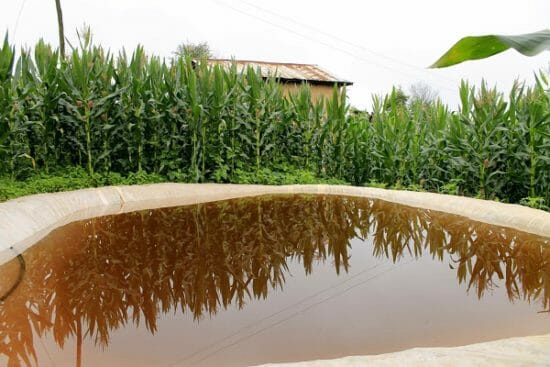- Course No E – 1376
- PDH Units 8.00
No data found for Custom Course Number
No data found for Custom Course Units
- Course No E – 1376
- PDH Units 8.00
Intended Audience: water, civil, and environmental engineers
PDH UNITS: 8
Rainwater harvesting is an ancient technique enjoying a revival in popularity due to the inherent quality of rainwater and interest in reducing consumption of treated water. Rainwater collection has numerous benefits such as: free supply, low mineral and sodium content, reduction in non-point source pollution, and reduced demand on water utilities. This course introduces the basic principles of residential and small-scale commercial rainwater harvesting systems design. The design process includes choosing system components in the most cost effective and advantageous manner. It is intended to serve as a first step in consideration of the use of rainwater harvesting systems. This course is based on the publication, Texas Manual on Rainwater Harvesting. The information in this course may be useful in planning and sizing of rainwater harvesting systems.
Learning Objectives
At the successful conclusion of this course, you’ll be able to identify and discuss:- Basic Rainwater System Components
- Catchment Surface, Gutters, and Downspouts
- Leaf Screens
- First-Flush Diverters
- Roof Washers
- Storage Tanks
- Pressure Tanks and Pumps
- Treatment and Disinfection Equipment
- Water Quality Standards
- Factors Affecting Water Quality
- Water Treatment
- Water Capturing System Capabilities
- Rainfall Distribution and Calculating Storage Capacity
- Estimating Water Demand
- Rainwater Harvesting Best Management Practices
- Building Codes
- Cistern Design, Construction, and Capacity
- Backflow Prevention and Dual-use Systems
- Required Rainwater Harvesting Systems
- Cost Estimation and Comparison
- Financial Incentives
- Tax Exemptions
- Municipal Incentives
- Rainwater Harvesting Case Studies
Once completed, your order and certificate of completion will be available in your profile when you’re logged in to the site.










